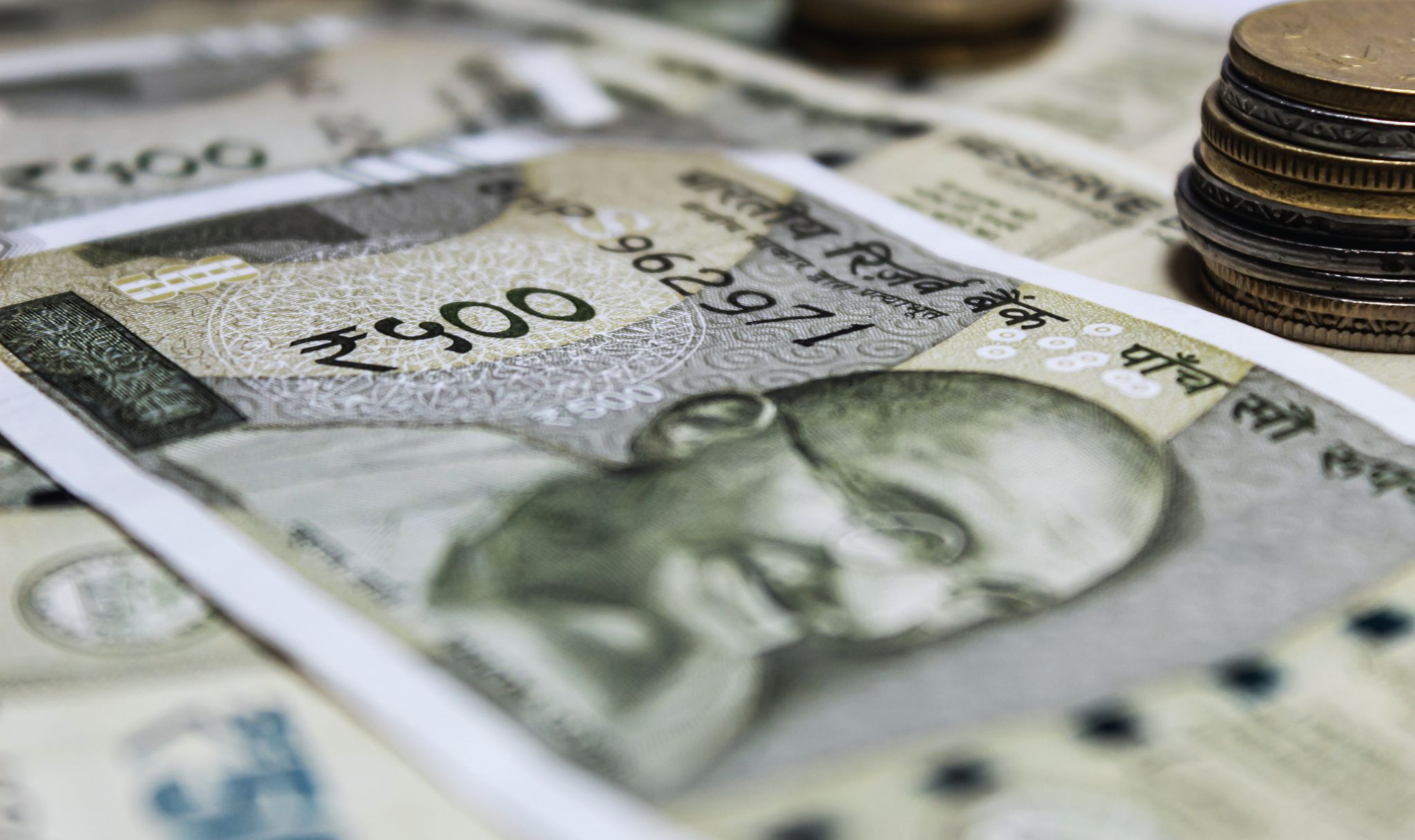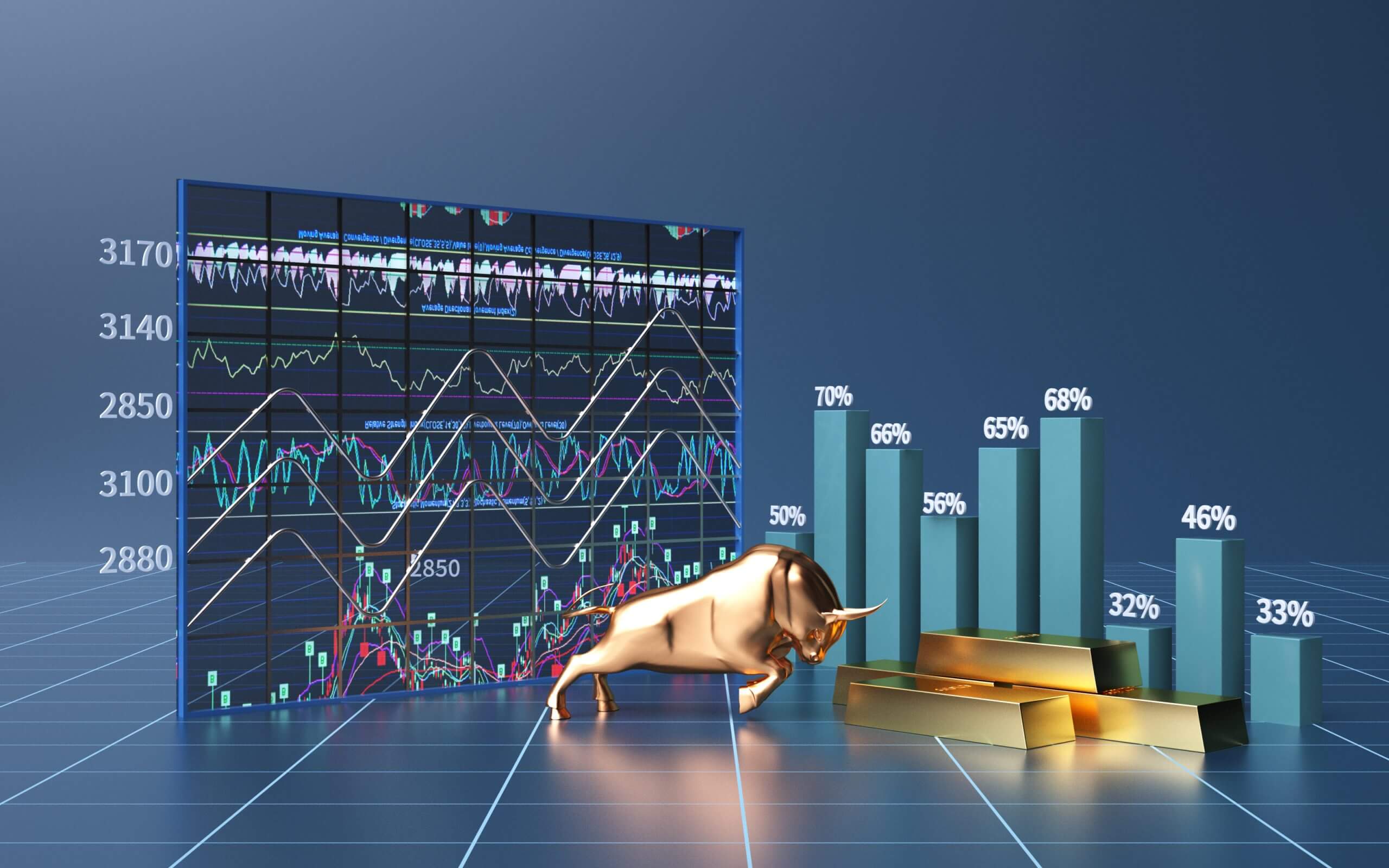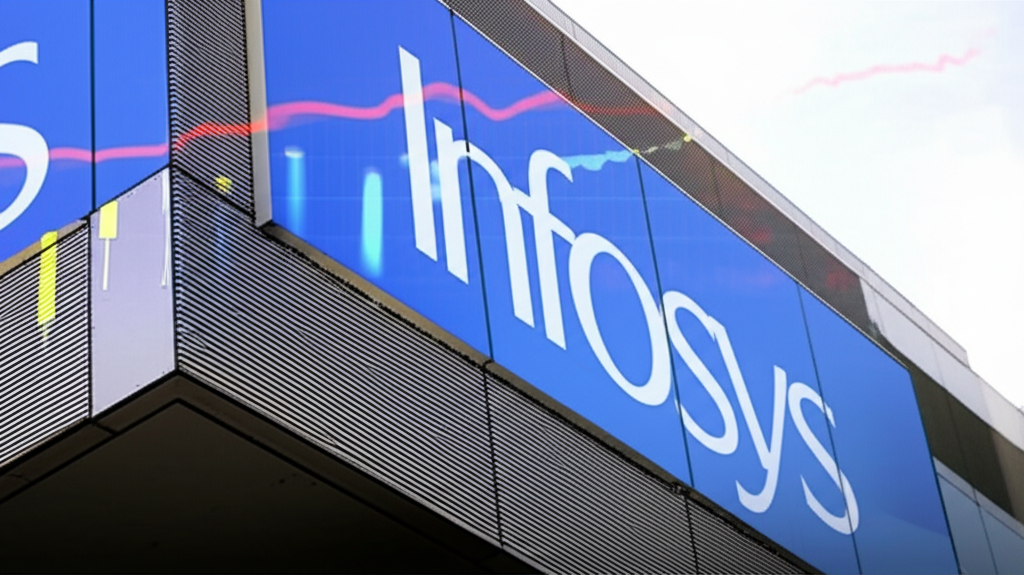In a shocking twist, the Indian rupee (INR) broke through the psychological level of 85 against the US Dollar (USD) in early April 2024, marking an impressive rally in the Indian currency. What has arrested the attention of market players as well as analysts is the Reserve Bank of India’s (RBI) refusal to act when there was this appreciation in the value of the rupee. Normally, the RBI would come in to soak up any surplus dollars when the rupee appreciates too much, but that did not happen this time around. This trend has put the RBI’s new foreign exchange (FX) policy in the spotlight and raised questions regarding what it entails for the future of the Indian economy.
Through this blog entry, we examine the drivers of the rupee’s spectacular gain, the reasons why the RBI has not intervened, and potential ramifications for Indian financial markets and the overall economy.
The Rupee Surges Above 85: What Happened?
On April 4, 2024, the Indian Rupee hit a high of 84.9675 against the US Dollar, before reducing its gains marginally. It finally closed the day at 85.2650, a 0.2% rise from the previous day. This upsurge follows a phase of relative calm in the currency markets and comes after a series of positive market developments, such as seasonal dollar inflows and portfolio investments.
Market watchers were quick to point out that the Reserve Bank of India (RBI) stayed out of the foreign exchange market when the rupee would normally strengthen too quickly. Last year, the central bank would automatically step in during rupee strength phases to purchase dollars to stop overshot appreciation. But this time, traders were surprised as the RBI failed to absorb dollars, and that boosted speculation regarding the RBI’s monetary policy.
So why did the rupee break 85, and why did the central bank remain on the sidelines?
1. The Weaker Dollar and Global Trends
One of the major reasons behind the rupee’s rally is the decline in the strength of the US Dollar. A variety of factors has led to the weakening of the greenback in recent months. Recession fears in the US, mainly fueled by fears related to broad-based US tariffs on imports, have resulted in the weakening of the USD. The fears related to the US economy have pushed the dollar down, providing support to other currencies as well, like the Indian Rupee.
Merchants have noted that worldwide macroeconomic fundamentals—like the US economy struggling with weaker growth and increased inflation—have provided a positive backdrop for emerging market currencies like the INR. Investors’ uncertainty about US trade policies has caused them to move their positions, which has helped push the rupee up.
2. Seasonal Dollar Inflows and Portfolio Investments
Yet another reason for the INR’s appreciation is seasonal dollar inflows into India. Historically, the first quarter of the fiscal year sees greater foreign portfolio flows into Indian bonds and equities as institutional investors rebalance their portfolios. These inflows have been instrumental in appreciating the rupee vis-à-vis the USD.
These inflows were further supported by the expectation that India’s economic growth would remain relatively strong compared to other emerging markets. As foreign investors seek stability and attractive returns, India remains a key destination for capital. This provides a cushion for the rupee to maintain its strength against the dollar.
3. RBI’s Strategic Inaction: Why No Intervention?
Historically, the RBI has stepped in when the rupee appreciates too rapidly, worried that a too-strong currency would damage Indian exports and render them uncompetitive on the international market. But in this case, the central bank’s silence has been surprising.
One of the possible causes for this move might be India’s bettered foreign exchange reserves. As the rupee appreciates and the dollar depreciates, the value of India’s foreign exchange reserves rises. With robust FX reserves, the need to purchase dollars might have receded, giving the RBI room for a more laissez-faire policy for currency management.
Moreover, the RBI could be opting to give higher priority to other policy objectives, like relaxing monetary policy to spur domestic growth in the face of global uncertainties. By not intervening in the currency market, the RBI could be indicating that it wants to let the rupee respond to market forces while keeping its eye on the larger economic goals, such as inflation management and growth promotion.
4. The Impact of US Tariffs on India’s Trade
Over the past few months, the United States has levied multiple tariffs on various products, such as steel and aluminum, and other imports. These tariffs have worried Indian exporters, as Indian goods in the US are now more costly. Consequently, some analysts believe that the strength of the rupee may not be sustainable in the long term, as Indian exports might be affected by the trade barriers.
In the near term, though, the rupee has strengthened strongly as the overall global economic context has turned in its favor. The decline in the dollar and the large portfolio inflows into India have outweighed worries regarding trade restrictions to enable the INR to appreciate against the USD.
5. Future RBI Policy Actions
While the RBI has refrained from intervening in the currency market, many analysts believe that the central bank will be more cautious in the future. The RBI’s decision to allow the rupee to appreciate could be seen as a move to support the country’s economic recovery and attract more foreign capital.
Meanwhile, the central bank could be laying the ground for a more expansionary monetary policy. Expectations of monetary easing have mounted as a result of apprehensions about India’s growth outlook with the US tariff situation. Top international financial institutions, such as Citi and Goldman Sachs, have already turned more optimistic about RBI rate cuts in the near term.
If the RBI continues to go for rate cuts, it might weaken the rupee even more, which would be in line with what other emerging markets have been doing. The rupee is expected by traders to be put through even tougher times as the US tariff-led growth shock widens to impact India’s economic performance.
6. Barclays’ Recommendation and Global Market Outlook
In spite of the rupee’s strength, a few analysts, including Barclays’ experts, have suggested a long position on the 3-month dollar-rupee non-deliverable forward (NDF) contracts with a goal of 90. This suggested position is under the assumption that the rupee may weaken further in the face of continuing global economic imbalances, especially in the US tariffs and possible trade disruptions.
Barclays’ analysts think the rupee’s appreciation could be short-lived and that US tariffs could cause headwinds for the currency if global trade continued to be derailed. The 3-month NDF contracts, under which investors can place a bet on the rupee’s future value against the dollar, might present an opportunity for gain if the rupee is weakened once again.
Conclusion: What’s Next for the Rupee?
The unexpected appreciation of the Indian rupee beyond 85 against the US Dollar has generated a lot of interest in the currency markets. Although the strength of the rupee is fueled by a mix of international factors, including the weakening dollar and robust portfolio inflows into India, it is unclear if this rally will be maintained.
The Reserve Bank of India’s inaction in the midst of the rupee’s recent surge is cause for concern and raises significant questions about its currency policy going forward. As India faces global pressures such as US tariffs and changing economic conditions, the rupee’s performance will remain a telling sign of the nation’s economic well-being.
In the coming months, market participants will be keeping a close eye on policy measures by the RBI, as well as international events that might affect the rupee’s direction. Whether the rupee continues to appreciate or is subject to downward pressure, this is certain: India’s currency markets are in flux, and investors will have to keep their wits about them as things develop.
In the months ahead, the RBI’s management of the rupee, in conjunction with the global economic trends, will decide if the Indian currency will be able to sustain its pace or revert to its regional counterparts. As currency markets continue to change, traders and analysts alike will keep evaluating the risks and opportunities brought about by India’s changing economic landscape.















0 Comments